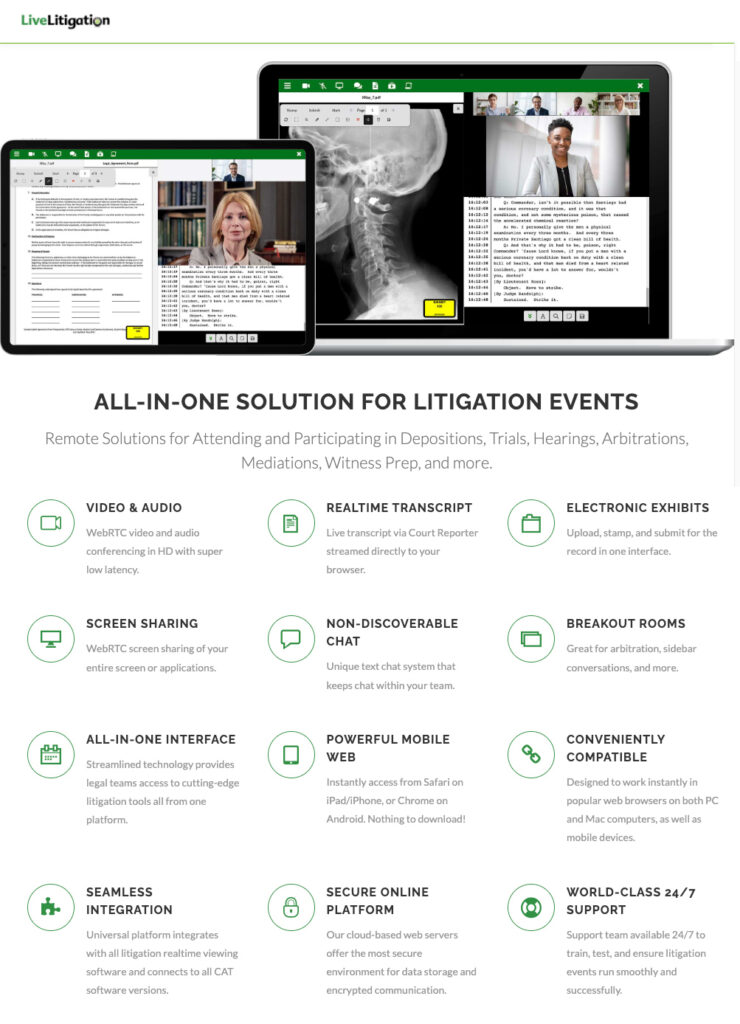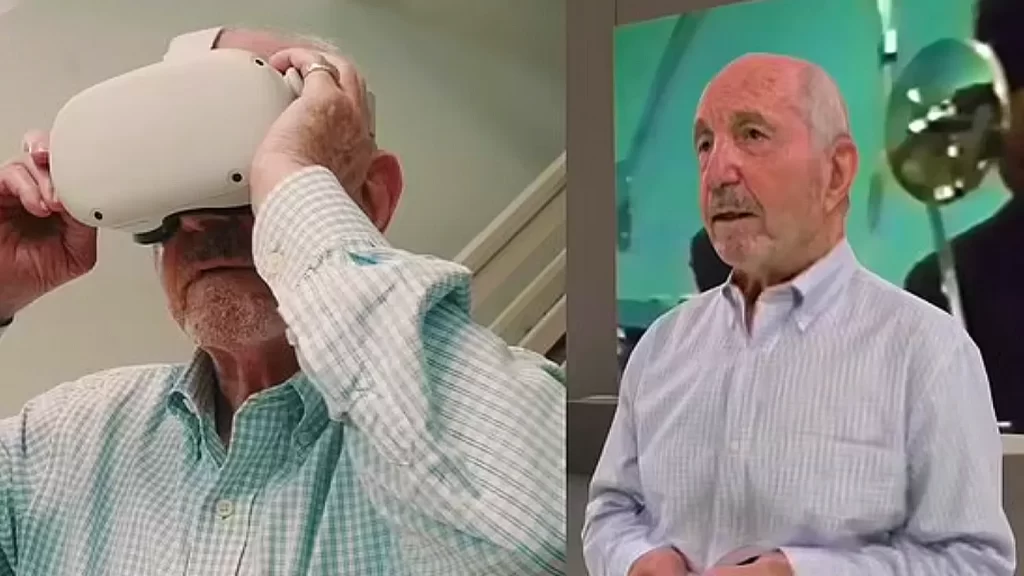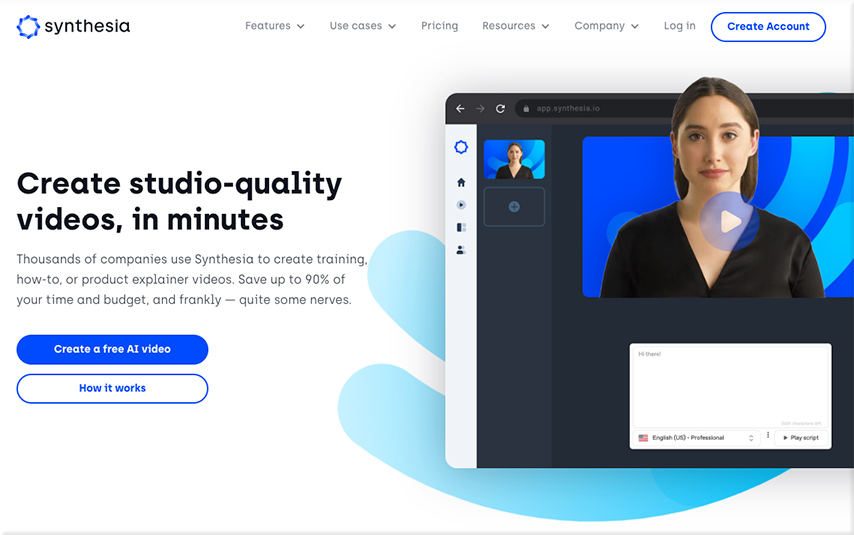A Turning Point for Prison Education — from chronicle.com by Taylor Swaak
With reinstatement of Pell Grants imminent, the programs weigh technology’s long-term role.
Excerpts:
Incarcerated people who participate in postsecondary-education programs are 48 percent less likely to return to prison, according to a 2018 study from the RAND Corporation.
…
Three colleges that The Chronicle spoke with are in varying stages of adding technology to their prison-ed programs.
Addendum on 5/11/22:
- Prisoners receive college degrees at graduation ceremony inside a Michigan prison — from mlive.com by Bradley Massman
It was a proud, and somewhat routine commencement ceremony for Calvin University on Monday, May 9, though held in the confines of a state prison.
Calvin University and Calvin Theological Seminary joined the Michigan Department of Corrections Monday to host the graduation ceremony for Calvin Prison Initiative (CPI) students at the state’s Richard A. Handlon Correctional Facility in Ionia.
Addendums on 5/16/22:
- More than new 70 colleges and universities chosen to help the incarcerated get credentials — from universitybusiness.com by Chris Burt
The Department of Education is expanding Second Chance Pell Experiment for prospective students in prison. - “Facing Life” by Brandon Tauszik & Pendarvis Harshaw — from booooooom.com













